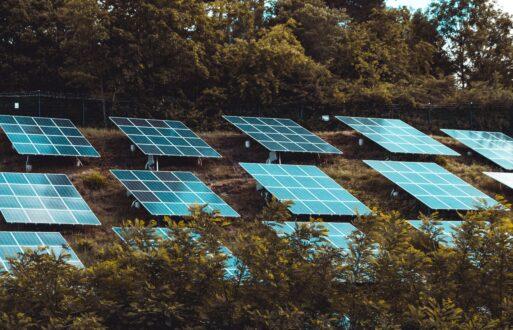Traditionally, the U.S. has relied on big, centralized power plants to provide its electricity. That power flows only one way – from the power plant to the customer. But, as renewable sources have increasingly penetrated the energy market, this is starting to change.
Today, the energy flows both ways as solar and wind farms generate electricity and send it back to the grid. Even consumer rooftop solar arrays are cumulatively powerful renewable energy sources for the grid. Managing this bi-directional flow means the grid must get smarter. One way that’s happening is with virtual power plants.
Virtual Power Plants 101
The virtual power plant (VPP) concept is not new, but in the past few years, technology has started to revolutionize electricity grids around the world.
Essentially VPPs are a collection of privately owned distributed energy resources (DERs) pooled together. These decentralized, independent energy resources could include traditional fossil fuel power plants, renewable energy such as wind and solar, and energy storage systems. The resources are controlled remotely from a central location by software that monitors the energy mix in real-time, providing reliable electric power 24/7.
Virtual Power Plants Are Not Microgrids
If you think this sounds a lot like a microgrid, you’d be right. Virtual power plants are similar to microgrids in that they both use distributed energy resources (DERs). But they aren’t the same.
First, VPPs typically target the wholesale market, while businesses or communities predominantly use microgrids. Microgrids are designed to serve their owners; VPPs are designed to serve the grid.
Another key difference is that virtual power plants can be created by using generating assets no matter where they’re located on the grid. The size of the VPP, or the number of assets used at any given moment, can be changed based on demand and market conditions. On the other hand, microgrids have a narrower and fixed scope, utilizing assets from a single, defined location – a hospital’s rooftop solar array, for example.
Microgrids also can go into what’s called “island mode.” A microgrid pulls power exclusively from its onsite generating sources, not the grid in island mode. Microgrids in remote areas with limited power infrastructure operate in island mode all the time. Microgrids in more developed areas use island mode if grid power fails. By contrast, virtual power plants are integrated into the grid and do not disconnect.
Benefits of VPPs
VPPs are gaining in popularity because of the cost savings they provide; VPPs save utilities from building new, costly power plants to meet increased demand. Instead, utilities can maximize the growing number of renewable energy sources. The environmental benefits of reduced emissions and pollution from electricity generation make VPPs attractive for consumers and utilities alike.
Green Mountain Power in Vermont is investing in a virtual power plant for these reasons. They’ve recently launched a pilot program in which the company will utilize the solar energy stored in the Tesla Powerwalls of some 200 customers. The large home-based batteries provide backup power to homes and the grid during outages.
Much of the groundwork for the Vermont VPP can be traced back to work done by the Australian Energy Market Commission, one of the early adopters of VPP technology. South Australia’s largest virtual power plant connects Tesla Powerwalls in thousands of Adelaide homes, reducing energy costs and creating a more stable grid.
Keep up-to-date with the latest energy market information by signing up for our monthly Energy Essentials newsletter.







